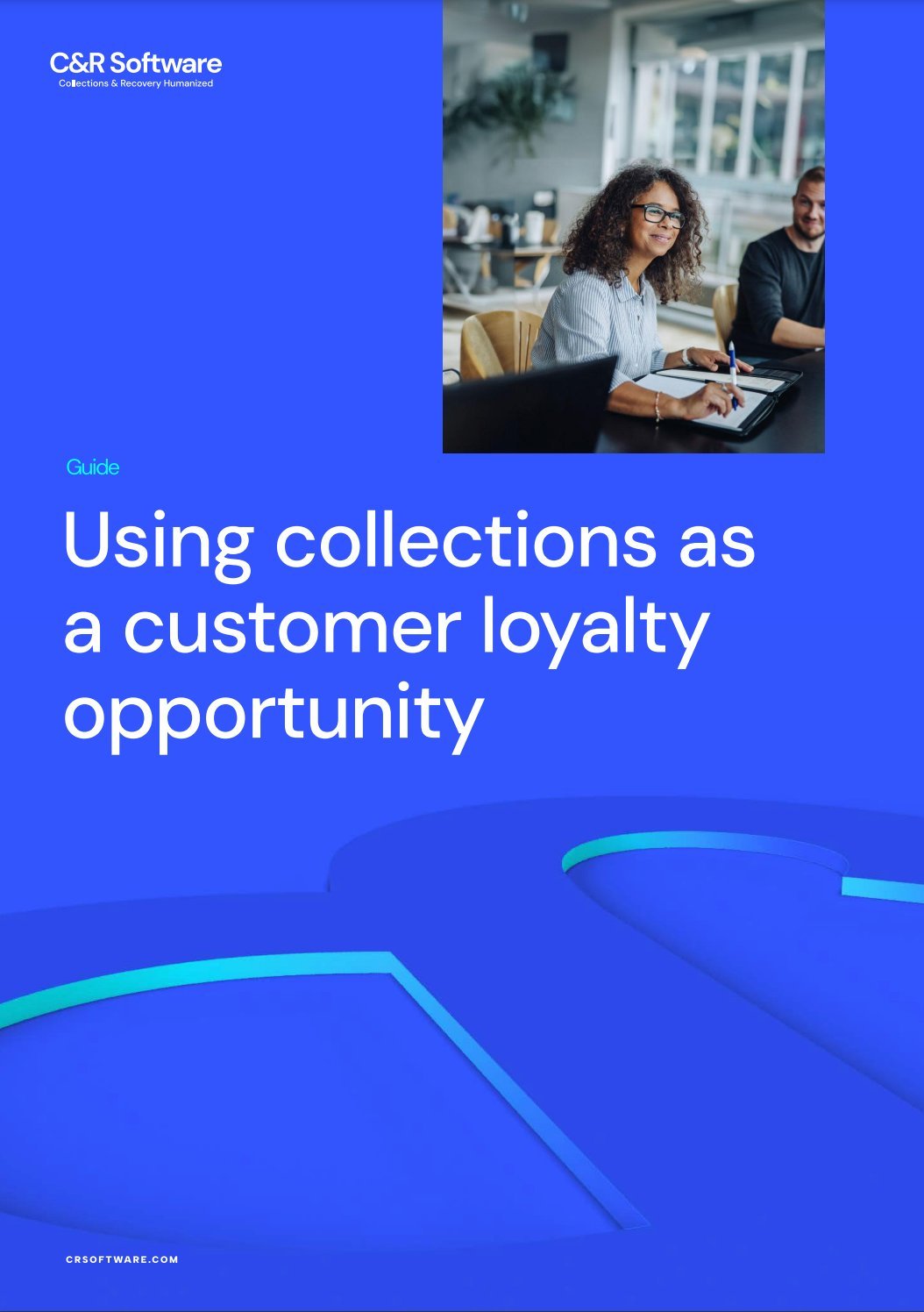Collections and recovery has long been associated with poor experiences for customers, and this reputation affects the wider reputation of the credit issuer brand. But advances in collections software, and greater knowledge of how best to help customers in financial difficulty mean collections and recovery teams can now be at the forefront of improving brand reputation in an organization.
The collections landscape has changed significantly for credit issuers, organizations they engage to collect and recover on their behalf, and customers with distressed debt. In fact, Customer satisfaction now drives collection performance. In this new landscape, there’s significant potential for collection teams to turn what have traditionally been negative customer engagements into positive interactions.
Improving reputation through positive customer engagement
Customer engagement refers to the strategies organizations use to build relationships with their customers. In collections and recovery, they’re the processes for guiding customers through the collections process, helping them to not only resolve debt, but regain improved financial standing.
A positive customer engagement in debt collection is one that’s mutually beneficial and productive.To do this well, organizations need to provide support for the customer, fully understanding their specific financial situation and providing them with the help they need to overcome the challenges connected to distressed debt. When the process is humanized, and sensitive to each specific situation, greater levels of trust can be established, improving the long-term brand reputation in the minds of existing and future customers.
How can financial institutions improve their reputation through the collection process?
Clear and regular communication
Appropriate communication is vital at every step of the collections process. Worry and confusion easily occur; clearly communicating every phase of the journey and responding to queries in a helpful and timely fashion make a significant difference.
Today, credit issuers have the option to make use of omnichannel communication, using channel preferences – phone, email, text, self-serve and chatbot, for example – which help customers avoid the embarrassment of speaking to someone about a topic generally considered sensitive. Using preferred channels means customers are more comfortable, less fearful, and more likely to build trust and resolve issues.
The communication should be clear and responsive, conveying that the credit issuer holds their best interests as a top priority.
Centralized data and platforms
Centralized data means customer data is stored in one space, platform or location. A decentralized system means different types of data are stored in a variety of places, making it harder to review, and difficult for collections teams to fully understand the circumstances associated with each customer. Centralized data systems which host customer data in one area mean information is easy to access throughout the collection process, improving customer engagement along with collections performance.
Transparency
Transparency is vital in customer relations, and the collections industry is no exception. Credit issuers and agencies working on their behalf who can easily provide customers with the history, data, and details of the timeline not only improve performance, but strengthen the brand and increase customer loyalty.
Building brand reputation with C&R
Clearly, the collections process should be seen as another opportunity for credit issuers to strengthen their brand. Transparency, centralized platforms, and omnichannel communications mean less friction, and improved engagement.
Debt Manager is an industry leading, intuitive collections and recovery platform with more than 450 clients in 60 countries around the world. Creating a journey that customers trust is the basis for a strong brand, increased loyalty and happier customers. It holds user engagement and the customer journey as a first priority. Contact us today to learn how we can help you build an experience that will delight your customers and build your brand.







